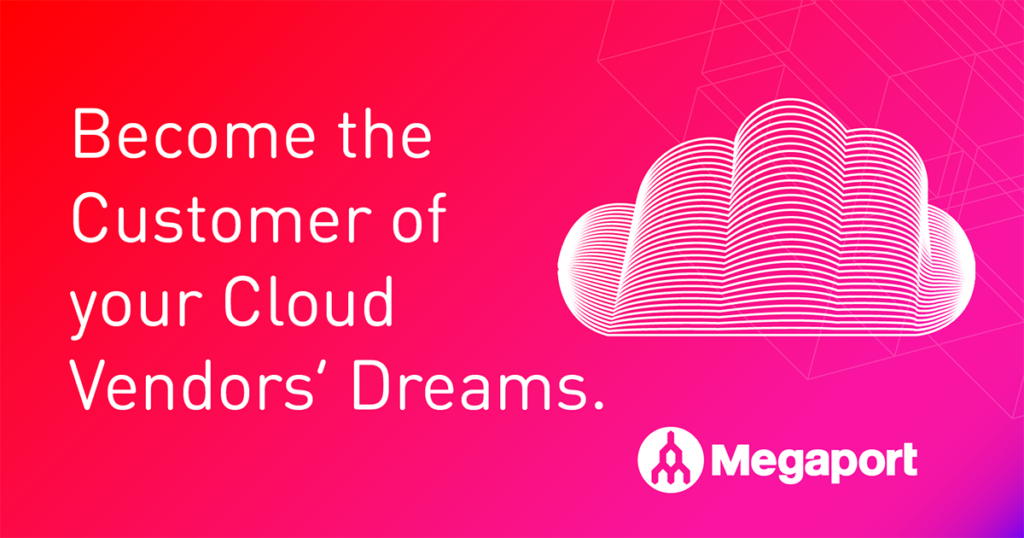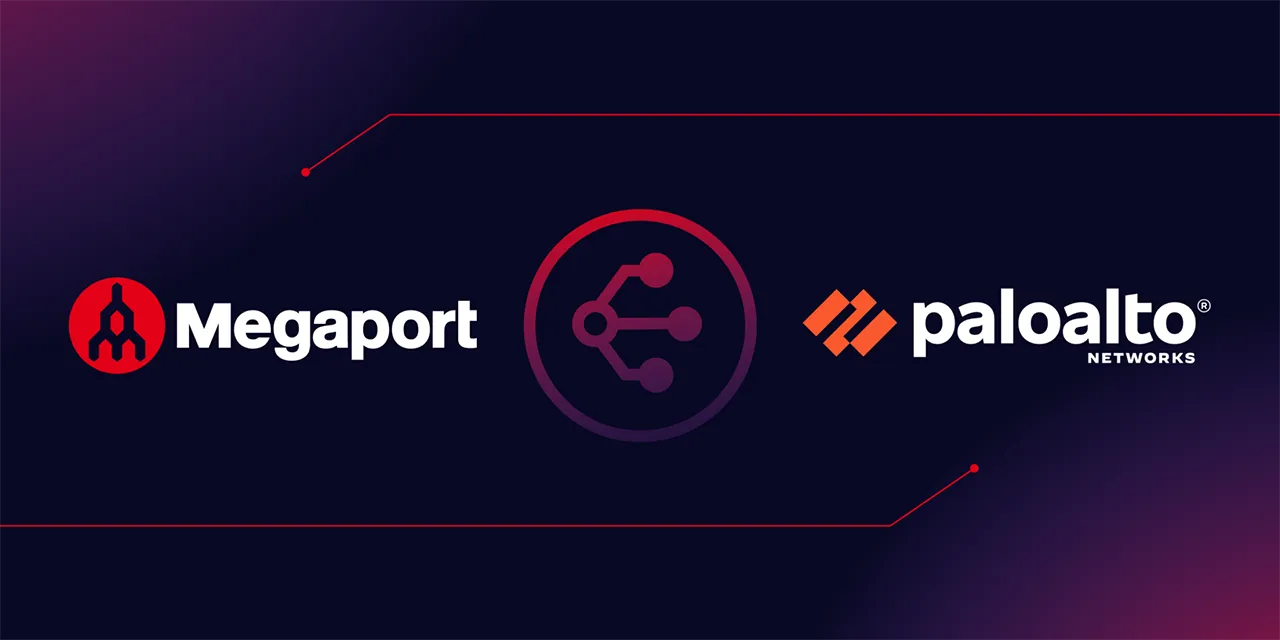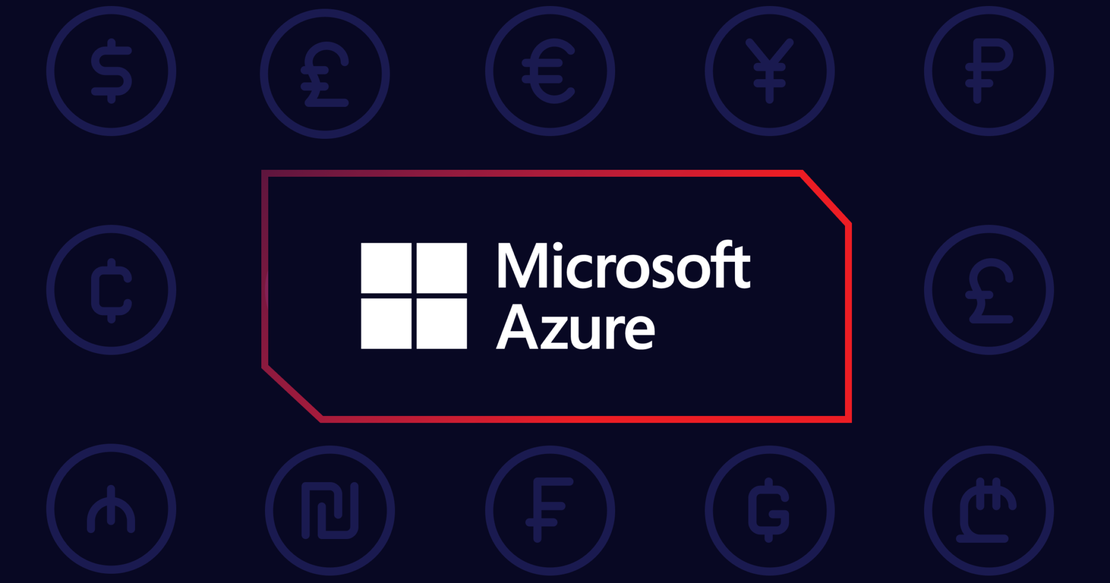
Five DevOps Resources You Should Use in 2023
- Cloud networking
- February 7, 2023
- RSS Feed
How can enterprises streamline their operations for improved internal efficiency and customer satisfaction? The right combination of DevOps tools will do just that.
Today’s businesses rely on a diverse range of applications, services, and digital infrastructure. To keep up in a competitive market while remaining agile and adaptable, industry leaders need to invest in practices and tools that can quickly and efficiently develop, test, and deploy new software and services.
Enter DevOps, a methodology continuing to rise in popularity for its ability to automate, streamline, and accelerate processes across the IT environment.
This blog will share five DevOps capabilities that your enterprise can take advantage of in 2023 to optimize your day-to-day operations.
What is DevOps, exactly?
DevOps is a modern approach to software development, delivery, and infrastructure management that emphasizes collaboration between developers and operations teams. Adopting DevOps practices can enable companies to deliver high-quality software, services, and systems faster and with fewer errors while also helping to drive innovation, improve efficiency, and increase customer satisfaction.
Under a DevOps model, development and operations teams are no longer “siloed” – instead, engineers can work across the entire application or service life cycle, from development and testing to deployment, monitoring, and maintenance.
Benefits of adopting DevOps practices include rapid delivery to customers, increased agility, smarter collaboration and streamlined workflow shift-left security and testing protocols, and quality assurance. Organizations are then able to provide better services, increase security, operate more efficiently, and improve customer experience, allowing them to compete more effectively in the market.
Five DevOps practices we recommend
1. Infrastructure as Code (IaC)
Infrastructure as Code (IaC) is a core DevOps methodology in which server, storage, and network infrastructure is managed and provisioned using code rather than manual processes. IaC helps to remove the need for tedious and complex manual processes, and enables version control, auditing, and collaboration, making it a crucial component of DevOps.
IaC can prove a valuable technique for infrastructure automation and orchestration efforts by enabling automatic provisioning, which in turn can reduce costs, increase speeds to deploy, improve consistency and reliability across the environment, and reduce the risk of human error.
It also improves scalability, and provides a consistent central reference for your environment allowing for full tracking of all changes, versioned updates, rollbacks, and many other workflow and compliance benefits.
There are several IaC tools available, including native tools provided by major cloud service providers (CSPs) such as CloudFormation and Cloud Development Kit (CDK) from AWS, and Azure Resource Manager (ARM) from Azure.
Terraform is an open-source IaC tool that can be used to provision and manage infrastructure across a variety of cloud providers and on-premises environments. It allows developers to define infrastructure in a simple, human-readable language, and can be integrated with other tools like Ansible, Chef, and Puppet for additional functionality.
Megaport is proud to have its own Terraform module. With Megaport’s Terraform Provider, you can easily automate the provisioning and management of your Megaport resources, lowering deployment costs and reducing provisioning time. You can use it right now to manage Megaport resources in the same way you manage compute and storage from the big cloud players.
Learn more about automating your multicloud with the Megaport Terraform Provider.
2. Containers
Containers provide similar functionality to a Virtual Machine (VM), however, they are much more lightweight, can be created and managed much more quickly, and have less resource overhead than VMs. They work to simplify build-test-deploy pipelines by packaging an application together with its dependencies into one package (container) that can be quickly and consistently deployed to almost any infrastructure. Containerizing an application or service can be a low-effort way to start leveraging cloud resources more efficiently than using traditional VMs.
Kubernetes is an open-source container orchestration system that automates the deployment, scaling, and management of containerized applications, including self-healing and automatic rollouts and rollbacks. It is a robust and flexible platform widely used in production environments to manage and scale large numbers of containers. You can start experimenting with containers quickly on Windows, macOS, or Linux using Docker.
If containers aren’t an option, there are tools available to work with traditional VMs in a more DevOps-aligned way. An example of this is Packer, which helps to automate the process of building consistent immutable VM images.
Learn the best network automation and orchestration methods for you.
3. Monitoring solutions
Monitoring is a critical component of a DevOps workflow, especially in the case of automated deployments. A comprehensive and robust monitoring solution can significantly reduce downtime, increase efficiency, and improve the end-user experience by proactively alerting you to issues, accelerating troubleshooting, and validating deployments. Monitoring works to provide “information about the application’s performance and usage patterns so you can identify, mitigate, or resolve issues”, and plan and manage capacity.
Another key goal of monitoring is to improve operational efficiency by minimizing time to complete tasks. Microsoft outlines the following metrics that monitoring solutions can improve:
- Time to detect (TTD) – when performance issues arise, diagnostic data is fed back to alert teams via automated monitoring.
- Time to mitigate (TTM) – teams act on the information to mitigate issues as quickly as possible to minimize the number of affected users.
- Time to remediate (TTR) – resolution times are measured, and teams work to improve on this as well as workshop how to remediate problems at root cause so that they don’t reoccur.
There are many options available, including cloud provider native solutions (such as AWS’s CloudWatch or Azure Monitor), commercial solutions (such as AppDynamics, DataDog, NewRelic, or Splunk), and open-source solutions (such as Prometheus or Nagios).
Prometheus, for example, is an open-source monitoring and alerting tool that is specifically designed for monitoring cloud-native applications. It supports various data collection methods such as scraping, pushing, and service discovery, and also has a wide range of integrations with other tools, making it a versatile and widely-used monitoring solution.
4. Software Composition Analysis (SCA) tools
Software supply chain attacks and vulnerabilities introduced from upstream packages are a significant threat to any system that includes third-party code. Several high-profile incidents have recently highlighted the risk of supply chain attacks. Software Composition Analysis (SCA) tools are used to identify and track the open-source libraries and dependencies used in a software application.
These tools can automatically scan application code and identify any known vulnerabilities or license compliance issues associated with the libraries and dependencies used. SCA tools help to identify and mitigate risks in the software supply chain, and help to ensure compliance with legal and regulatory requirements. Examples of SCA tools include OWASP Dependency-Check, Snyk, Trivy, and Mend.
Learn why your enterprise needs integrated network security in our blog.
5. Parameter/secrets management
For security and manageability purposes, configuration parameters and especially secrets, passwords, and credentials shouldn’t be stored directly within VMs, containers, or application code. Parameter and secret management solutions provide a central point where these items can be stored, to be retrieved by your systems on-demand when required.
In addition to the added security of not storing sensitive parameters locally on potentially many different systems, the process of updating parameters is much easier and less error-prone when using a central tool.
Replacing hard-coded parameters with ones retrieved at run time also allows you to quickly and easily deploy alternative environments using the same templated resources. Some secret management solutions can even help automate the process of rotating credentials.
Examples of parameter and secret management solutions include Azure App Configuration and Key Vault, AWS Parameter Store and Secrets Manager, and Hashicorp Consul and Vault. Kubernetes also has a built-in parameter manager with etcd.
Conclusion
DevOps tools and methodologies present an exciting opportunity for IT departments to streamline their processes across the entire application and infrastructure lifecycle.
By adopting the appropriate combination of some or all of these five practices, your enterprise will benefit from increased customer satisfaction, streamlined workflow among teams, and improved efficiency, agility, security, and visibility.


